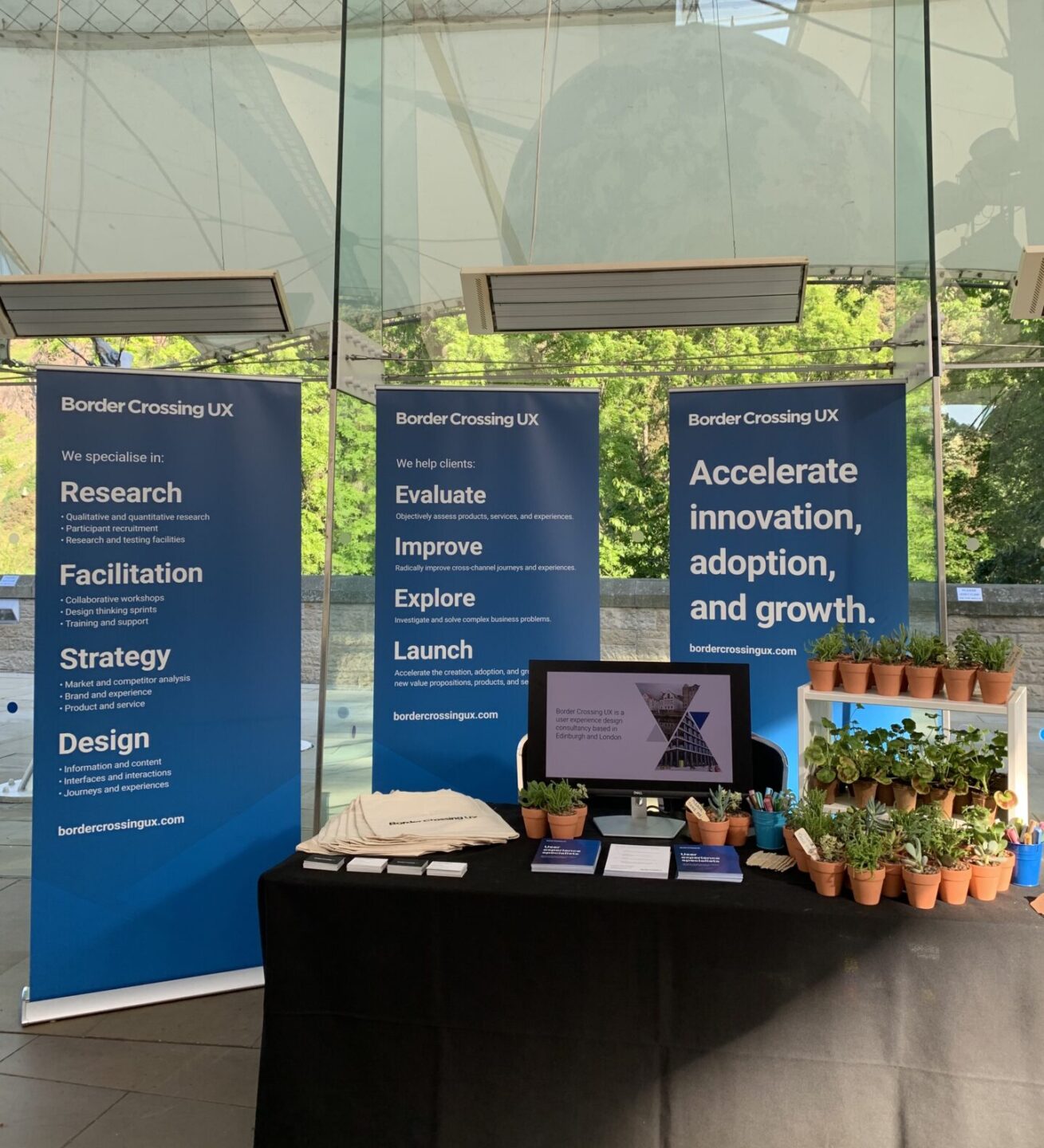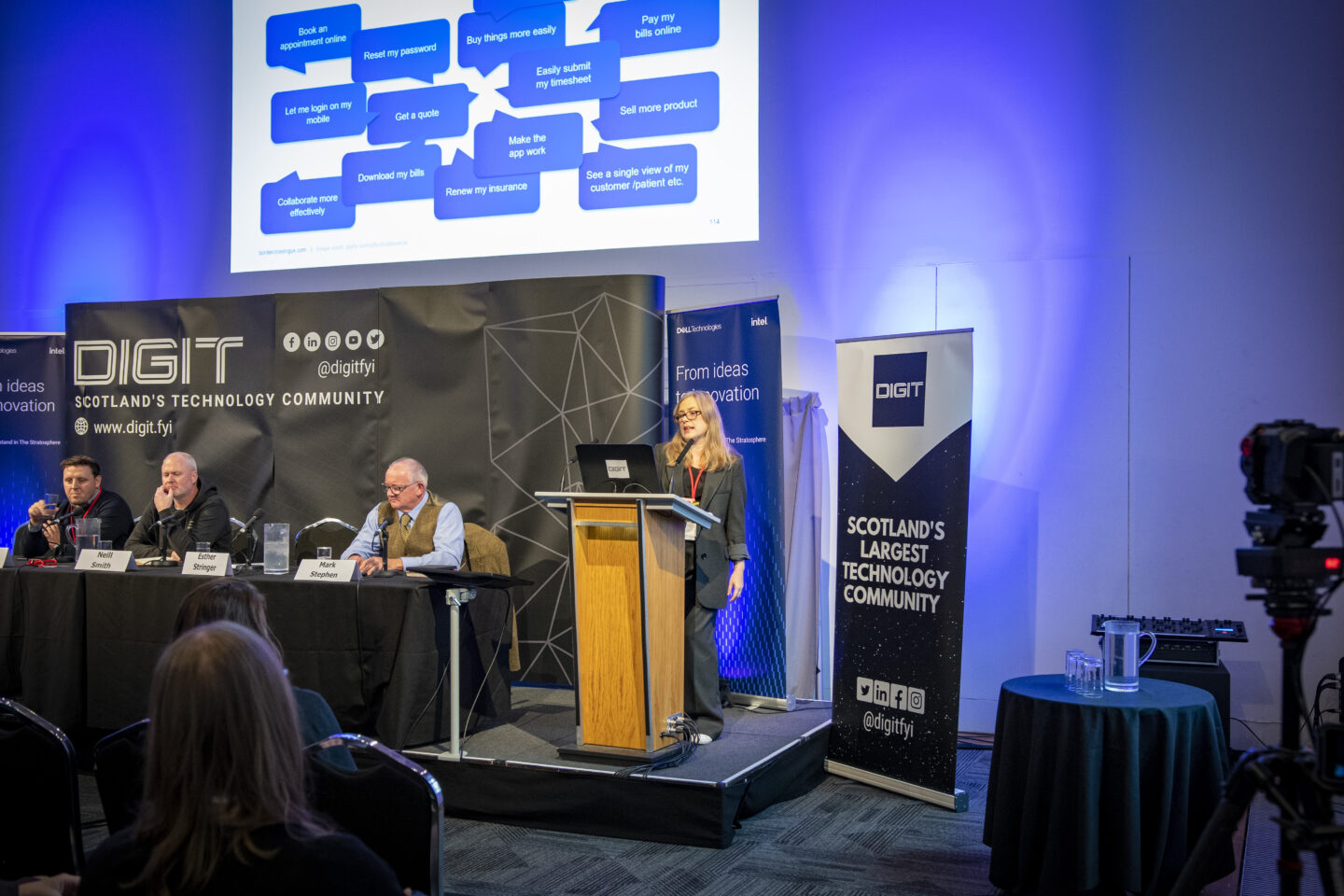Businesses often throw themselves into web design or web development projects. It may take a while for it to happen but once a project is green-lit there’s normally a mad scramble to compile requirements, source quotes and kick-off the project as quickly as possible. This is totally understandable but it can get in the way of doing the research, planning and testing needed to deliver successful outcomes.
A good litmus test for whether or not you are ready to kick-off your website build or redesign project is to try and answer the questions below:
- what is the purpose of your website?
- who uses your website (split into segments)?
- why do they visit your website?
- what questions and concerns do users of your website have?
- what are they looking for on your website?
- what do people want to do on your website?
- what do you want people to do on your website?
- what information do people need from your website to complete these tasks?
- what will prevent people from completing these tasks?
If you are struggling to answer any of these questions we’d highly recommend you consider slowing things down. Even if you can provide a confident answer to each of these questions, it is important that you reach out and where possible try to validate your responses before you start any creative or technical development work.
The first thing to do, is create a research plan. This should detail the research techniques you will use, the tasks you need to complete and the resources this will require. For most web development projects this will involve some or all of the following:
User research & usability testing
Analytics data
Dig into your analytics data to learn what people are doing on your website. Try to identify which pages are working for you and which are not. You should also look into who currently uses your website, how do they find it, and what they tend to do on it. To gain genuinely meaningful insights you will need to take the data your analytics package presents to you by default and segment it in a way that matters most to your business.
Online & offline surveys
Composing and promoting surveys online is quick and cheap. Once you have identified groups of people who visit or are likely to visit your website you then need to prepare a list of questions to ask them. To obtain the most informative feedback possible we would recommend the use of both open and closed questions in order to help frame and focus feedback. It is also important to ensure you capture feedback from both existing and prospective customers. Responses are likely to be encompass a wide range of goals, purposes and actions. Capture as many as you can then weight them in terms of volume and business value.
User interviews
If you can, conduct follow-up interviews with existing and prospective customers. Use this as an opportunity to validate your early research and gain a fuller understanding of the personas you will be designing and building for.
Online customer support & tools
In the last year it has become remarkably easy to add customer support and feedback tools to a website. There are numerous open-source and freemium software-as-a-service providers from which to choose from. The response rates will not be high but you will capture valuable feedback.
Remote usability testing
You should do this to learn how people actually use your website. Valuable insights can be gained from conducting low-to-no budget usability tests. For example you may discover a number of usability issues that are have a direct impact on the conversion rate of your checkout process. If you are redesigning your existing website we would still recommend that you test it. Doing so will help ensure your new website does not make the same mistakes as the last one. Perhaps more importantly it will also help to convince all stakeholders of the importance of making these decisions from an end-users perspective.
Documenting your findings
If you’ve done the requisite research we would recommend you summarise and share your findings. Developing deliverables such as personas and user stories will help you establish a shared vision of who you are trying to reach and convert online. It will also provide the project team with a reference point that they can refer to throughout the design and development process.
Internal research & business analysis
At the same time as doing your external research you should conduct internal exercises for all key stakeholders and decision-makers. It is critical that you involve those who have customer-facing roles too.
Questionnaire
Compose a questionnaire that includes both open and closed questions. It is important that you capture inputs from across the business. To do this you need to get buy-in from senior managers and be realistic about scheduling deadlines. We’d also recommend that all responses be anonymised so that people are as honest as possible when they complete the questionnaire. Finally, do not underestimate the time it will take to process the information submitted. As there is no point conducting this if you do not have the time to analyse and synthesise the feedback you gather.
Workshop
Once you have the responses from your questionnaire you can start to plan a series of workshops. When selecting participants it is important that you maintain a balance and ensure all key stakeholders are represented. These collaborative sessions should involve a number of research and interaction design techniques that will enable you to sort and weight ideas, objectives and requirements.
Competitor research
Review your competitors website’s and where possible obtain prospective customers feedback on them. This will allow you to identify key points of difference to exploit. An investment in keyword research is also advisable as this information should inform the information architecture of your website as well your ongoing approach to search engine optimisation.
Pulling it all together
Work closely with senior decision-makers to obtain sign-off on the project’s objectives and requirements. An effective balance between business objectives and the needs of your existing and prospective customers must be found. This stage of the project is of critical importance as it will directly influence how your new website will look and work. Ensure you use the knowledge you have acquired to help guide decision-makers through this process.
Defining & communicating your requirements
Once you have got sign-off at a senior level on the project objectives you should then move on to producing a project definition document that includes the following:
- Project objectives
- Business objectives
- End-user objectives (by user type)
- Content objectives
- Design objectives
- Technical objectives
- Measurements of success
- Branding & design guidelines
- Personas & user stories
- Sitemap
- Page descriptions
- Technical documentation
We supply all of our customers with these deliverables when we undertake a design and build project. We do this to ensure all participants have a shared understanding of what we are going to do. There’s no doubt that these deliverables take an investment of time or money to produce. However, skimping on these during the planning stage of a project is always a false economy. None of what we do is impossible for you to do yourself! The only obstacle to doing it is not giving yourself the requisite time to undertake this properly.
If you would benefit from templates or need guidance on conducting any of the steps detailed within this post feel free to contact us.


